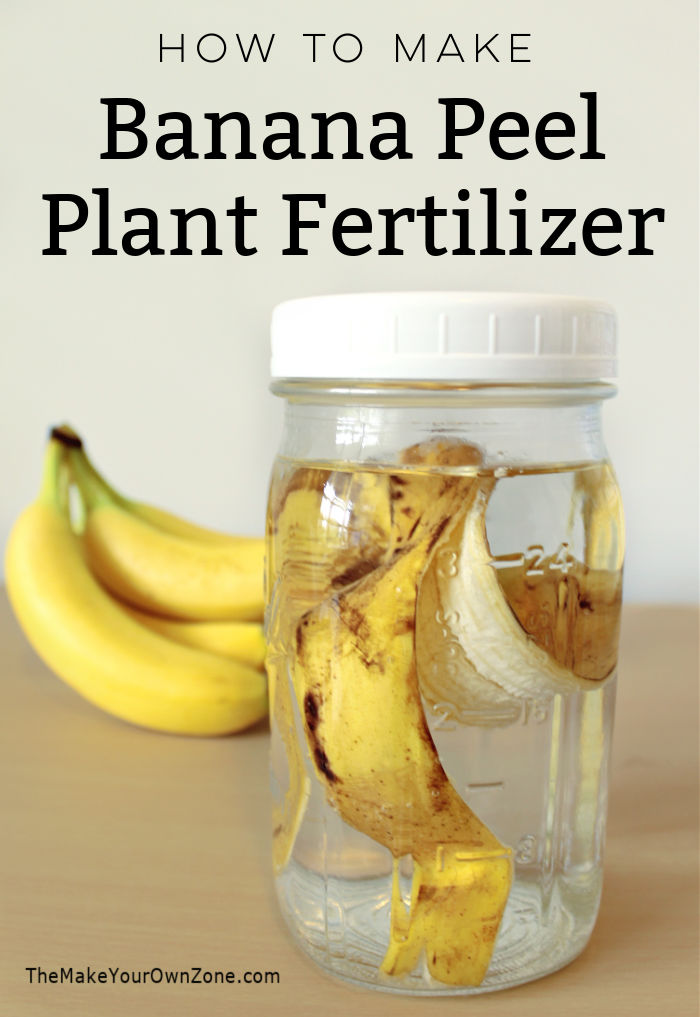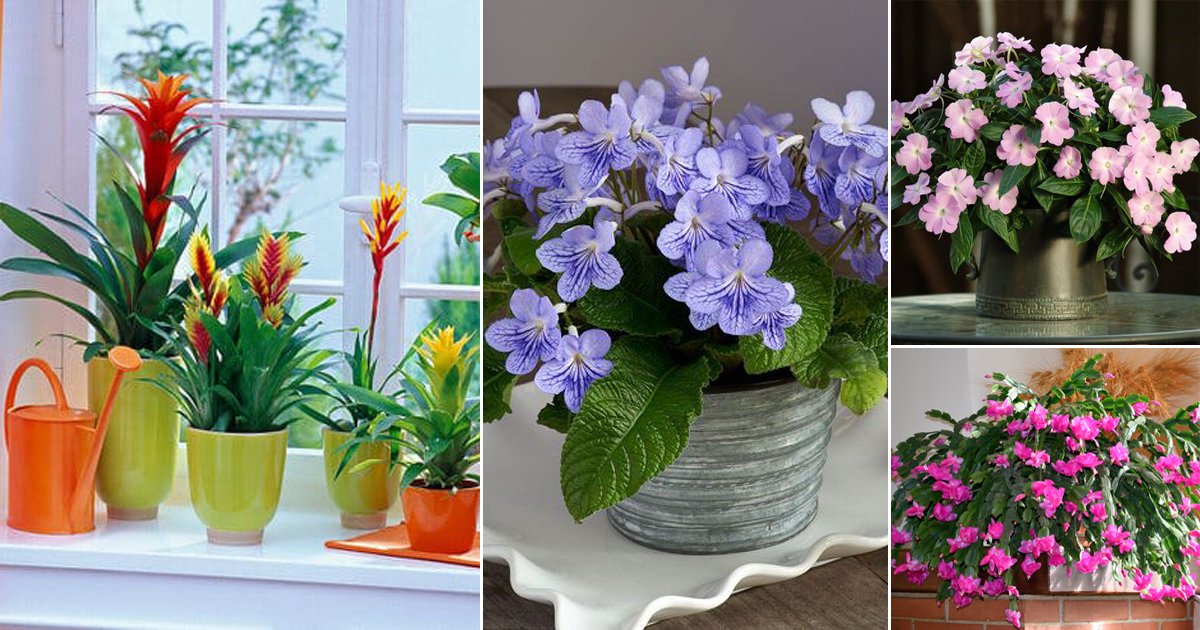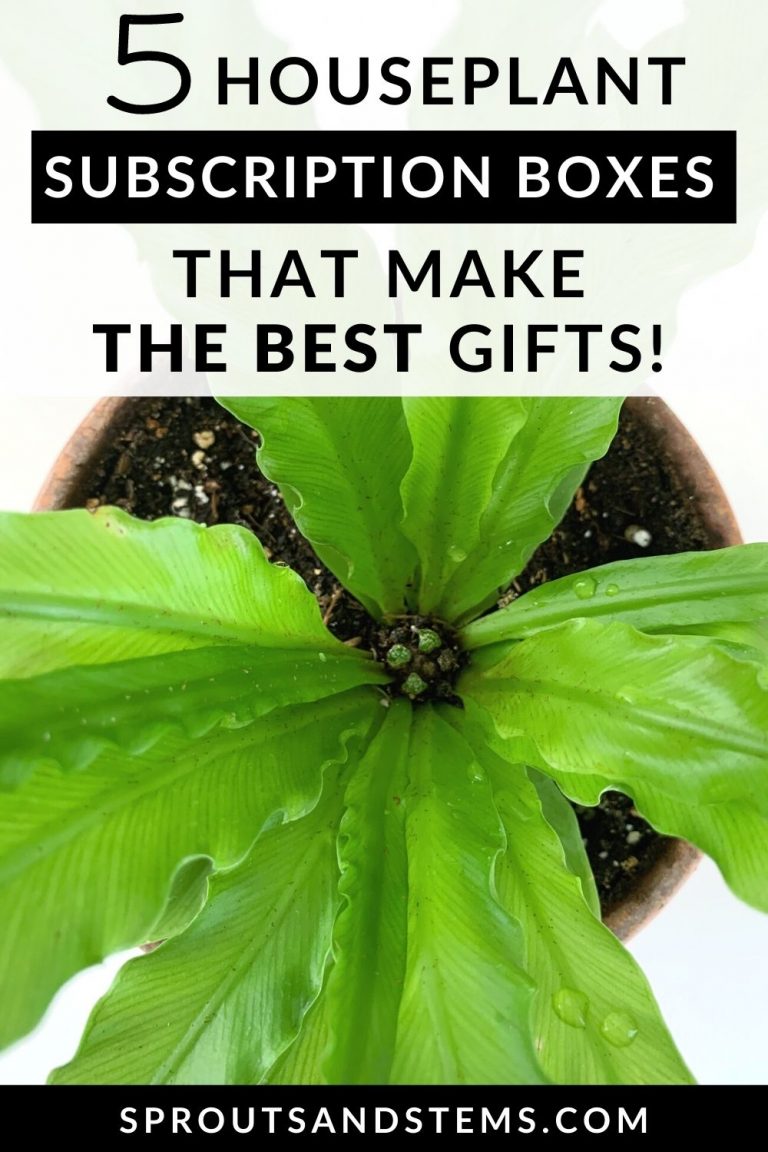DIY Banana Peel Fertilizer: Effective Nutrient Benefits and Preparation Tips

Banana peels, believe it or not, have played a starring role in my little gardening adventures—and not always as the hero. The first time I tried using them as fertilizer, I was convinced I’d unlocked some ancient gardener’s secret. I can still remember the smell lingering in the summer heat after tossing whole peels under my tomatoes—let’s just say, it didn’t exactly attract a fan club (unless you count fruit flies).

But here’s what kept me coming back: there’s something deeply satisfying—almost mischievous—about turning kitchen scraps into green gold for your plants. Part of it is psychological: you’re outsmarting waste, giving purpose to what most people toss away. And every time you bury a banana peel or pour that homemade “tea” into your soil, you feel like you’re feeding your garden with a little bit of hope and resourcefulness.
Why Do Banana Peels Work—And Why Do We Believe They Will?
Let’s get into the headspace here. Gardeners are natural experimenters; we crave agency and progress we can see with our own eyes. When someone tells us that something as simple as a banana peel might coax more blooms from our roses or make our tomatoes sturdier, it lights up that part of our brain wired for quick wins and small victories.
There’s science behind the magic, too: banana peels are loaded with potassium and phosphorus, essential nutrients for flowering and fruiting. But here’s where psychology gets interesting—because these nutrients don’t work overnight. Our brains want instant gratification (“Did the leaves perk up yet?”), but nature has her own timeline.

From Skeptic to True Believer: My Trial-and-Error Tale
Back in 2019, after watching a friend dig tiny trenches around her pepper plants and tuck in chopped banana peels like secret treasure, I decided to give it another go—but this time with precision (and a nose peg nearby). Instead of tossing whole peels, I cut them into thumbnail-sized pieces and buried them about two inches deep right at root level.
The difference? No more slimy surface mess or unwelcome critters. Over the next month, those peppers looked noticeably happier: firmer stems, deeper green leaves. Was it pure coincidence? Possibly—but by repeating this process over several seasons (and keeping careful notes), patterns emerged. Plants near buried banana bits consistently performed better than their siblings across the way who went without.
The Method That Stuck: Banana Peel Tea

When winter rolled around and my houseplants started looking tired, I switched tactics: making banana peel tea, steeped on a sunny windowsill for three days—never five (I learned that lesson after one batch bubbled over with an odor best left unmentioned). Strain out solids so nothing gnarly grows in your pots; then pour a few tablespoons at the base of each plant once every couple of weeks.
I noticed subtler changes here—a slow shine creeping onto pothos leaves; peace lilies standing prouder on their stems. No miracle growth spurts overnight, but like watching bread rise on a cold day: steady progress if you’re patient enough to notice.
Why Do These Little Rituals Feel So Rewarding?
On paper, these are just simple tricks—but they tap into something deeper for us gardeners:
- Agency Over Waste: We love feeling clever—transforming trash into treasure.
- Visible Progress: Watching new blossoms or healthy roots gives us feedback loops; our efforts measurably pay off.
- Nature Connection: Burying peels forces us to slow down and interact intimately with soil life—the ultimate mindfulness practice.
- Community Validation: The old tip passed between friends (“Trust me—it works!”) adds warmth to every experiment.
It’s also worth noting how easily hope can become habit: after seeing plants perk up even slightly from your DIY addition, you start noticing all sorts of subtle changes—and soon enough you’re tuning into nature’s feedback rather than chasing perfection.

The Caveats Nobody Tells You
Here’s what I tell anyone who asks about my “banana method”: Don’t expect fireworks if your soil is already depleted or your watering is erratic—you need a healthy baseline first! Also beware of going overboard; too many banana bits can gum up roots or turn indoor pots sour fast.
If something starts smelling odd or attracting pests? That isn’t failure—it’s an invitation to tweak your technique (or maybe just take out the compost bin sooner).
What It Feels Like In Practice

There are mornings when kneeling in damp earth smells fresh and alive—even meditative—as I tuck new scraps beneath tomato vines while robins hop nearby looking for worms disturbed by my digging. Later in the season when those same vines set heavy clusters of fruit, there’s an invisible thread tying harvest back to breakfast leftovers—a cycle both practical and poetic.
And sure, sometimes things flop (like my infamous “banana smoothie disaster” which created more mold than mulch), but each setback makes success sweeter when it finally comes together.
Ready To Try? Start Small And Notice Everything
Here’s what I recommend if you're thinking about giving this a shot:
- Save just one peel at first
- Pick one plant (outdoor or indoor)
- Chop finely and bury shallowly—or steep as tea no longer than three days
- Keep tabs on changes over 2–4 weeks
- Adjust based on what you see—nature rewards curiosity
And don’t forget to share results! Whether things thrive or flop spectacularly, telling others keeps curiosity alive—and reinforces that sustainable gardening is really about gentle experiments over time.
In the end, using banana peels isn’t about chasing garden hacks—it’s about nurturing patience in yourself as much as in your plants. Every leftover scrap becomes part invitation, part experiment...and occasionally (if you’re lucky) part legend among neighborhood gardeners swapping stories at season's end.



